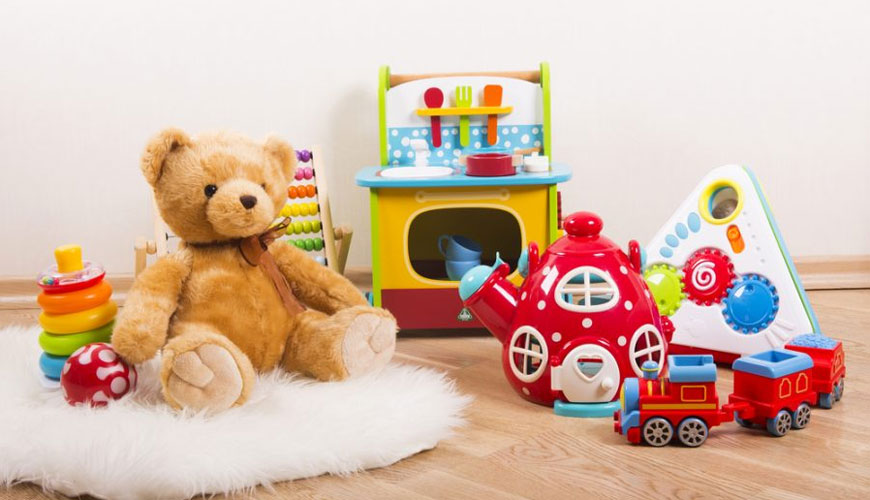

EUROLAB laboratory provides testing and compliance services within the scope of 16 CFR 1500.48 standard. The 16 CFR 1500.48 standard specifies that points and points on toys and other items intended for use by children under 8 years of age are potentially puncture or tearing under the Federal Hazardous Substances Act as a result of normal use or reasonably foreseeable damage or misuse of such toys and articles. includes determining whether it poses a risk of injury.

The Commission will further consider points identified as a potential risk of puncture or tear injury to determine the need for individual product regulatory action in accordance with this standard.
The sharp point test can be applied to toys or other items that enter interstate commerce on or after December 22, 1978. Toys that, for their functional purpose, necessarily present a sharp edge hazard and do not have non-functional sharp points are exempt from this § 1500.48. Apart from toys, articles intended for use by children, which, due to their functional purpose, necessarily present a danger of sharp ends, and which do not have non-functional sharp ends, are exempt from this 1500.48.
For any hole, recess, or opening of a minor size (The minor dimension of an opening is the diameter of the largest sphere that will pass through the opening), the total insertion depth must be up to the collar on the appropriate probe, smaller than the ring diameter of the appropriate probe. Each probe joint can be rotated up to 90 degrees to simulate joint movement.
When using probe A, for any hole, recess, or opening smaller than the collar diameter of the probe A but less than 7.36 inches (186.9 millimeters), or a smaller size B larger than the neck diameter of the probe, but less than 9,00 inches (228,6 millimeters). millimeters) less, when using probe B, the total insertion depth for accessibility will be determined by inserting the appropriate probe with the specified extension up to two and one-quarter times in either direction. Each probe joint can be rotated up to 90 degrees to simulate joint movement.
For any hole, recess, or opening with a minor dimension of 7.36 inches (186.9 millimeters) or larger when using probe A, or 9.00 inches (228.6 millimeters) or larger when using probe B. When used, the overall insertion depth for accessibility is unlimited unless the specified dimensions are met with the original hole, recess, or other holes, recesses, or openings in the opening.
EUROLAB, with its more than 25 years of experience, state-of-the-art accredited laboratories and expert team, helps you get precise and fast results. Do not hesitate to contact our laboratory for your testing and certification requests.
To get an appointment, to get more detailed information or to request an evaluation, you can ask us to fill in our form and reach you.